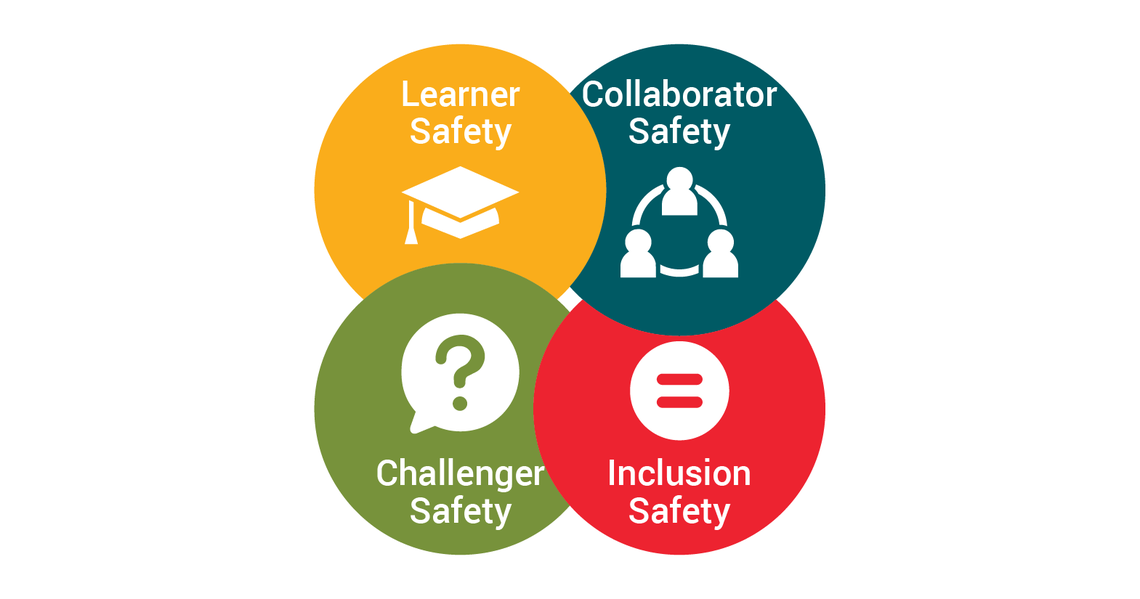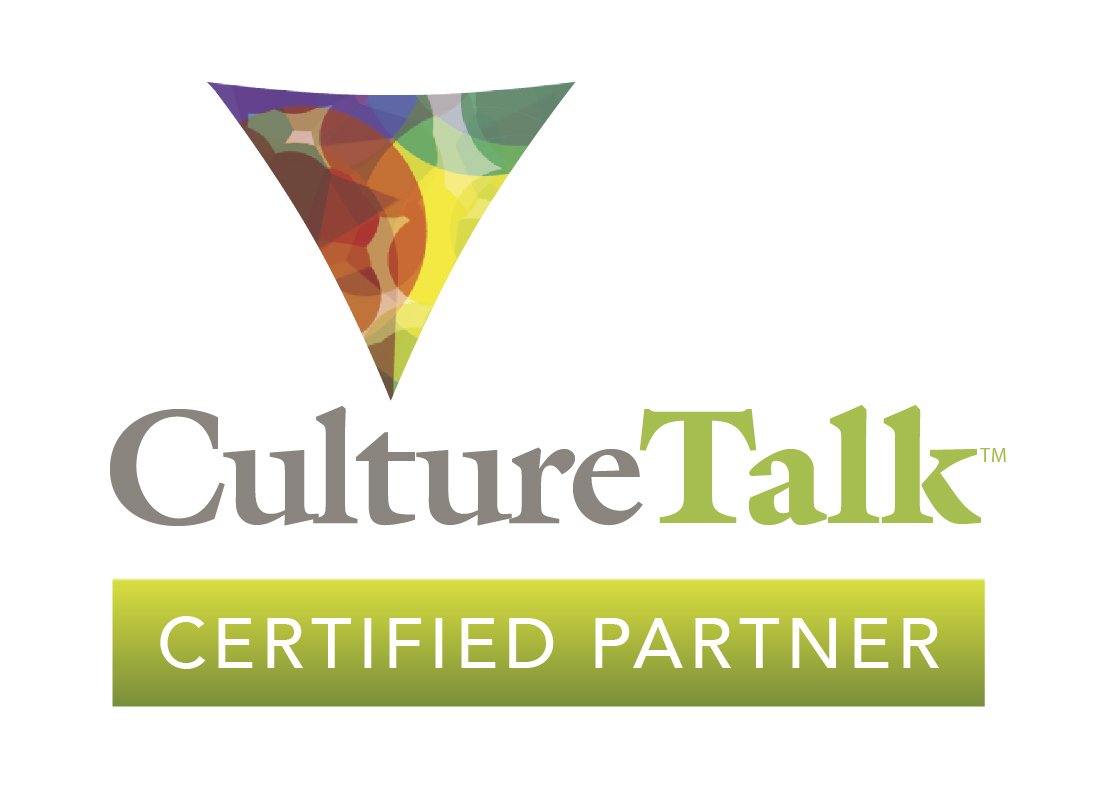
High-Performance Culture: Energy vs Time Management
achieving personal productivity and maintaining well-being are top priorities for many. Two crucial concepts that play significant roles in this pursuit are TimeManagement and EnergyManagement. While often intertwined, these concepts are distinct in their focus and strategies.
Time Management is all about how we allocate and prioritize our precious hours to accomplish tasks and meet our goals. It's a relentless quest for efficiency, ensuring that deadlines are met and important objectives are achieved. Strategies like setting priorities, creating schedules, and minimizing distractions are at the core of effective time management. The result? Increased #Productivity and the ability to achieve more within the same time frame.
On the other hand, Energy Management centers around optimizing our physical, mental, and emotional energy levels. It's about sustaining focus, engagement, and overall well-being throughout our tasks. By getting enough rest, maintaining a balanced diet, staying physically active, and practicing mindfulness, we can harness our energy for better decision-making and improved mental and emotional health.

High Performance Culture: Energy vs Effort
Energy serves as the foundation supporting your capacity for effort. Effectively managing both contributes to task performance, goal achievement, and the maintenance of a balanced and fulfilling life. As we celebrate the one-year mark of this blog, let's continue to explore and implement strategies for optimizing our energy and effort, paving the way for sustained high performance and overall well-being.

High-Performance Culture: Time Blocking
Are you tired of constantly feeling overwhelmed by an endless to-do list and the constant barrage of emails, meetings, and tasks vying for your attention? It's time to take control of your day and boost your productivity with a simple yet highly effective technique: time blocking.
#TimeBlocking is a game-changer in the world of time management. It involves scheduling specific blocks of time for different tasks or activities, allowing you to create a structured and focused workday. By grouping similar tasks together, you can enhance your concentration, minimize distractions, and increase overall efficiency.
In the fast-paced world of office work, where demands are constantly shifting, time blocking provides a lifeline. Here's a glimpse into how you can leverage this technique to regain control of your day and make the most of your valuable time.

Behavioral Economists: How Do They Improve Organizational Culture?
Behavioral economists contribute to shaping organizational culture by influencing the factors that contribute to a positive and engaging work environment. Behavioral economists can shape engaging workforces by applying principles and insights from their field to design incentives, policies, and interventions that align with human behavior and motivations.

Build Great Organizational Culture
Organizational culture is the heartbeat of a workplace, pulsating with shared values, beliefs, and practices that shape how individuals within an organization think, behave, and interact.
Crafting a great organizational culture is not a one-time endeavor; rather, it's an intricate and ongoing process that requires deliberate steps and collective commitment.
Rebuilding Organizational Culture: A Renovation Project
Rebuilding organizational culture is essential to align values, behaviors, and practices with new directions or address existing issues. It fosters engagement, innovation, and resilience while attracting talent and building a positive brand image. Through assessment, planning, and implementation, organizations can create a culture that supports long-term success and adapts to changing environments. #CultureRenovation #BuildingBetterCulture

Performance Management: Competency
Competencies are the building blocks of success, encompassing a rich blend of knowledge, skills, abilities, behaviors, and attributes. In our latest blog post, we delve into the vital role these elements play in various domains, from professional careers to personal growth. Discover how competencies drive effective performance and help organizations thrive in today's dynamic landscape. Join us on a journey of self-improvement and organizational excellence. #Competency #OrganizationalCulture

Performance Management: Iceberg Model of Competency
Discover the Iceberg Model of Competency: In this metaphorical representation, competencies mirror icebergs, with visible behaviors and skills representing the tip, while hidden attitudes, beliefs, and traits form the colossal base. Uncovering these concealed components, such as work ethics, emotional intelligence, and personal values, is essential, as they wield immense influence on an individual's performance and effectiveness.
To truly understand and optimize competencies, organizations must embrace both the observable and hidden elements, transcending surface assessments to unlock an individual's full potential and achieve excellence in the workplace.

Do Not Leave Toxic Work Culture Unaddressed
The categories of dimensions of diversity can vary depending on the framework or model being used, but one common categorization includes social, organizational, and personal dimensions. Dimensions of diversity are interconnected and can influence how individuals perceive themselves and others, as well as how they interact with one another. Understanding and embracing these dimensions is essential for creating an inclusive workplace culture where everyone feels valued, respected, and empowered to bring their whole selves to work.

Attracting and Retaining Top Talent: How?
Organizations can attract top talent, create a positive employee experience, and increase employee retention. Retaining top talent requires ongoing effort and a focus on creating an environment that values and supports employees' growth and well-being.

Attracting and Retaining Top Talent: Why?
In today's competitive marketplace, organizations that prioritize attracting and retaining top talent have a better chance of staying ahead of the competition, fostering innovation, and achieving long-term success. By investing in talent acquisition, development, and engagement, organizations can create a high-performing workforce that drives business growth and creates a sustainable advantage.

Cultural Intelligence and Team Performance
Cultural intelligence can contribute significantly to the success of teams in today's diverse, globalized workplace. By improving communication, collaboration, creativity, and problem-solving, cultural intelligence enhances the performance of individual team members, and helps organizations achieve their goals.

Cultural Intelligence: An Overview
In the workplace, cultural intelligence plays a crucial role in fostering diversity and inclusion, promoting effective communication, and enhancing overall productivity. Cultural intelligence can contribute significantly to the success of teams in today's diverse, globalized workplace.

Culture Unleashed: The Intersection of Organizational and Personal Cultures in the Workplace
The categories of dimensions of diversity can vary depending on the framework or model being used, but one common categorization includes social, organizational, and personal dimensions. Dimensions of diversity are interconnected and can influence how individuals perceive themselves and others, as well as how they interact with one another. Understanding and embracing these dimensions is essential for creating an inclusive workplace culture where everyone feels valued, respected, and empowered to bring their whole selves to work.

Psychological Safety: The Pathway to High-Performing Teams
High-performing teams need psychological safety because it allows team members to feel comfortable sharing their ideas and perspectives without fear of negative consequences.
When team members feel comfortable speaking up and sharing their ideas, it leads to better communication, more diverse perspectives, and ultimately better decision-making. This can result in improved performance and innovation.
On the other hand, when team members shut up and do not speak up, it can lead to groupthink, missed opportunities, and errors. It can also lead to a lack of trust and a lack of confidence in the team's ability to effectively problem-solve.

The New Context for Work and the Role of Organizational Culture
Four global mega-trends that are reshaping the business environment and affecting business priorities are significant drivers of change and transformation in the business landscape. These trends are not limited to a particular industry or region but are impacting businesses worldwide.
Organizational culture is a critical factor in shaping how companies respond to these mega-trends and whether they are able to thrive and capitalize on new opportunities. Companies that prioritize creating a positive, diverse, and inclusive culture that values agility, adaptability, and innovation will be better positioned to succeed in an ever-changing business landscape.

Nurturing Cultural Sensitivity: The Key to Building a Remarkable Organizational Culture
At its core, cultural sensitivity fosters inclusivity and nurtures a deep sense of belonging. By recognizing and honoring the distinctive cultural identities of employees, organizations convey a resounding message that each individual is valued, respected, and embraced. This, in turn, fosters an environment where employees can freely and genuinely express themselves, enriching the collective fabric with a vibrant array of ideas and fostering a culture of innovation.

Psychological Safety: The Four Levels
There are four levels of psychological safety commonly used to describe the various stages of psychological safety in a team. Each level builds on the previous one. It is important for a team to strive for all four levels to achieve a high level of psychological safety. Additionally, it's not a one-time achievement, but rather a continuous process that requires ongoing effort and commitment from all team members and leaders.
Psychological safety refers to the belief that one will not be punished or humiliated for speaking up or sharing ideas in a workplace setting. It is a shared belief among team members that the team is a safe place to take interpersonal risks.

Culture Talk: Company Culture is the Life Blood of the Organization
In the analogy of company culture being compared to the blood running through the human body, the heart would represent the leadership and management of the organization. Just as the heart is responsible for pumping and circulating blood throughout the body, the leadership and management of an organization are responsible for creating and maintaining a positive company culture that flows through every aspect of the organization.
The heart ensures that the blood is flowing effectively to all parts of the body, providing oxygen and nutrients to all organs and tissues, and removing waste and toxins. Similarly, leadership and management play a crucial role in creating and maintaining a positive company culture that supports the well-being and success of all employees and departments.

